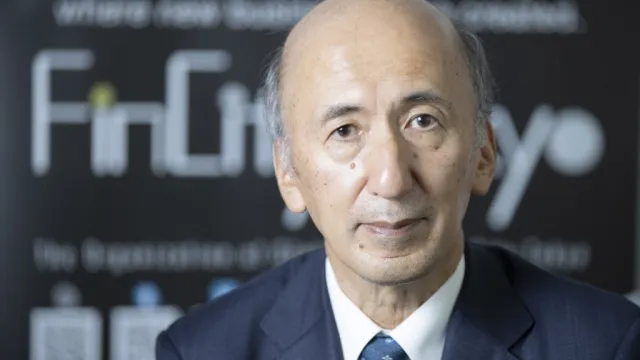
US interest rate increase to have limited impact on Hong Kong's property market
Will homebuyers’ monthly mortgage payments be affected?
The Federal Open Market Committee (FOMC) on recently reached a decision to raise US interest rates by 25 basis points, which have been held at near-zero since the 2008 financial crisis.
According to a research note from Knight Frank, it believes the impact of rate increase on the Hong Kong property market is limited. This small rate increase is also not going to significantly impact homebuyers’ monthly mortgage payment.
Even in the scenario when the Fed raises interest rate further in the coming months, say with a mortgage rate increase of 100 basis points, the monthly interest repayment for every HK$1 million borrowed will increase by around HK$500 (assuming a repayment period of 20 years).
This means that the affordability ratio will only slightly deteriorate. Therefore, it is unlikely property owners will be forced to sell their flats due to excessive mortgage payments.
Here’s more from Knight Frank:
The impact on market sentiment is also not going to be significant even though there is market expectation of future rate increases.
Given the US election next year as well as prospects of the Chinese market slowdown and its ripple effect on the global economy, the market does not anticipate drastic increase of US interest rates going forward. Given our currency peg, Hong Kong is unlikely to see large capital outflow as we are not going to see the interest rate gap widen between Hong Kong and US unlike other markets in the region.
The long term impact on the Hong Kong property market will still depend more on the Chinese economic condition, which will impact Hong Kong’s economy and people’s livelihood in the long run. The government’s effort to boost housing supply in Hong Kong will also put pressure on residential prices in some areas.
We expect mass residential property price will see a relatively mild drop in 2016 by 5-10%, even though Hong Kong property prices are approaching the peak of the cycle on top of the future supply increases.








![Cross Domain [Manu + SBR + ABF + ABR + FMCG + HBR + ]](https://cmg-qa.s3.ap-southeast-1.amazonaws.com/s3fs-public/styles/exclusive_featured_article/public/2025-01/earth-3537401_1920_4.jpg.webp?itok=WaRpTJwE)









 Advertise
Advertise


